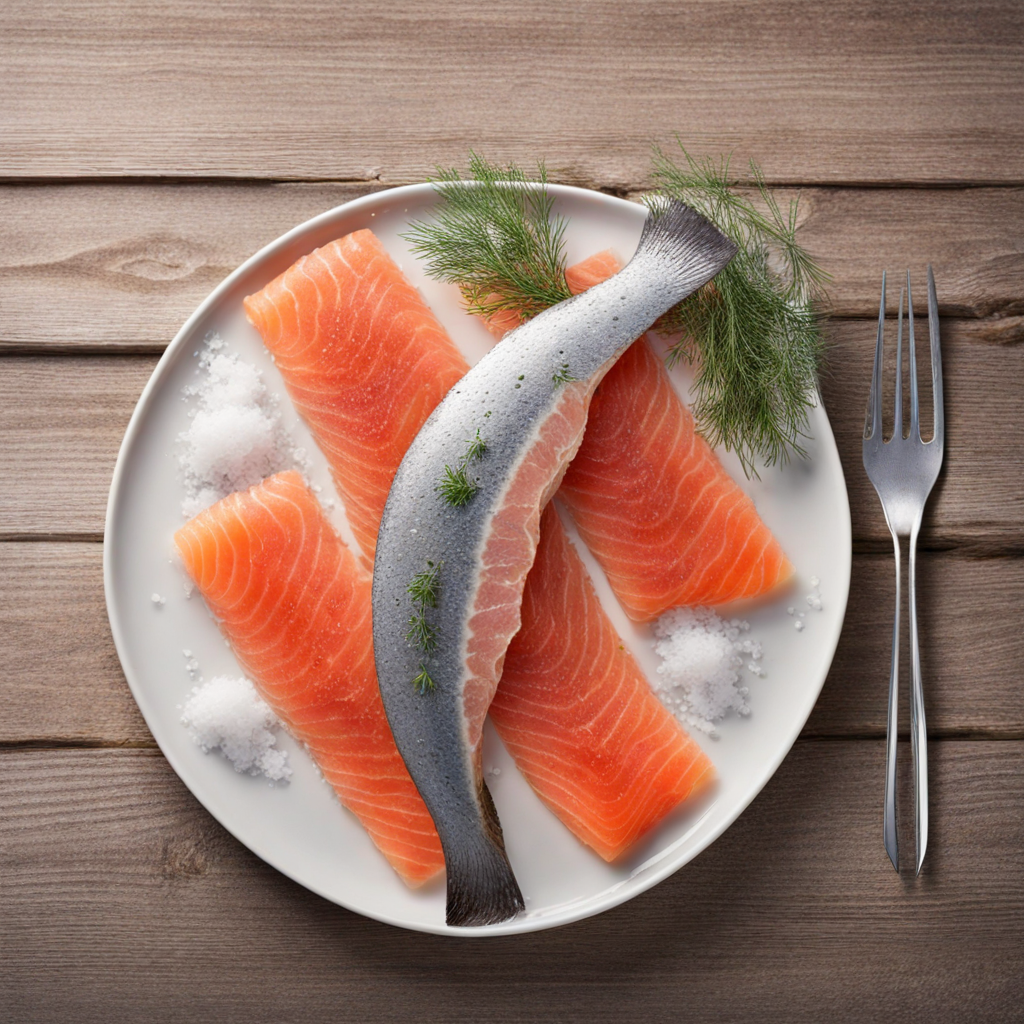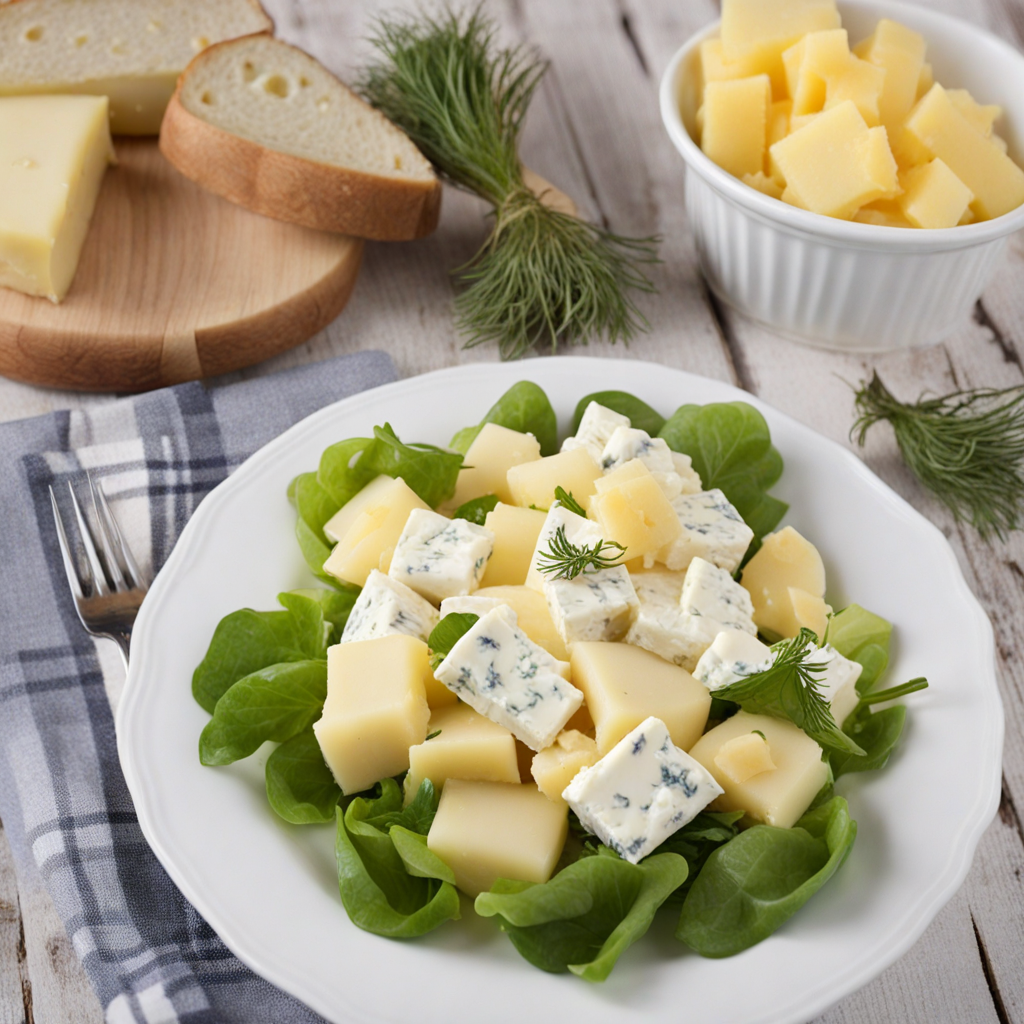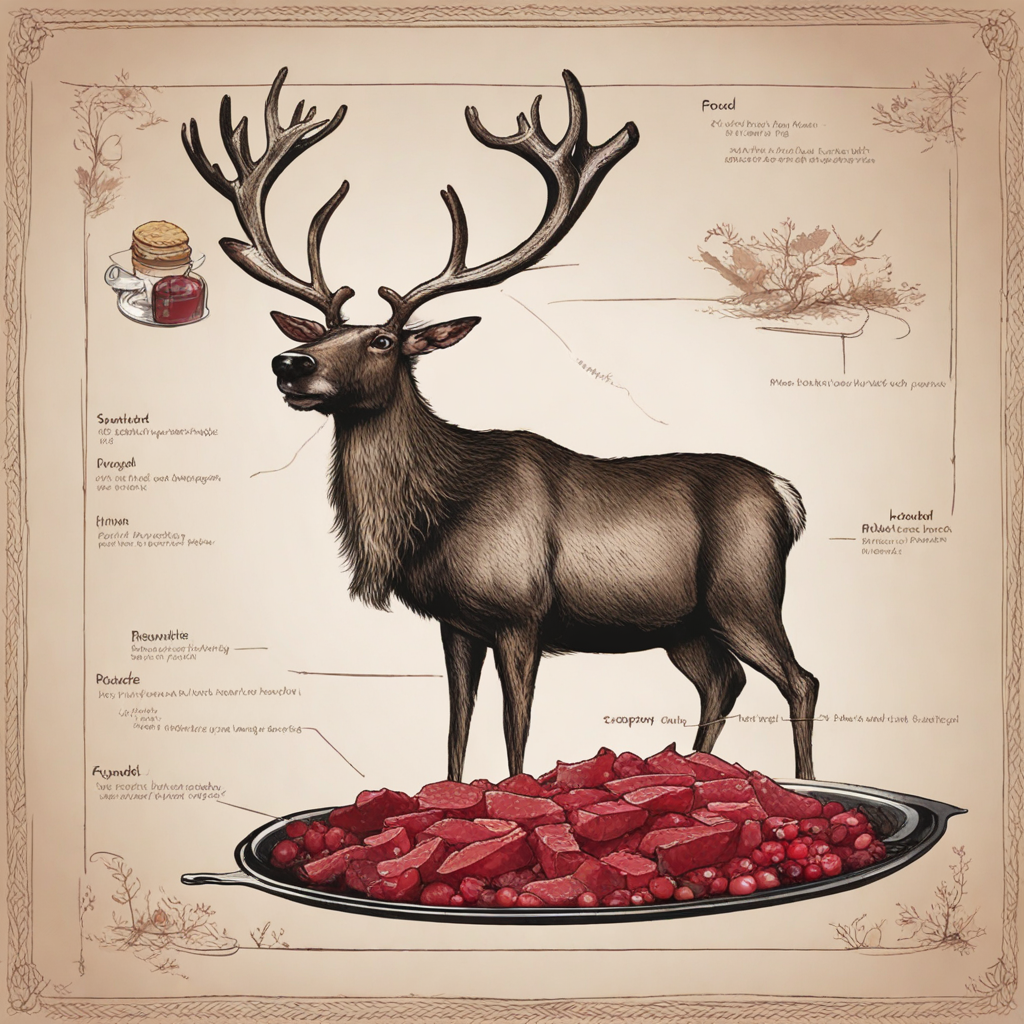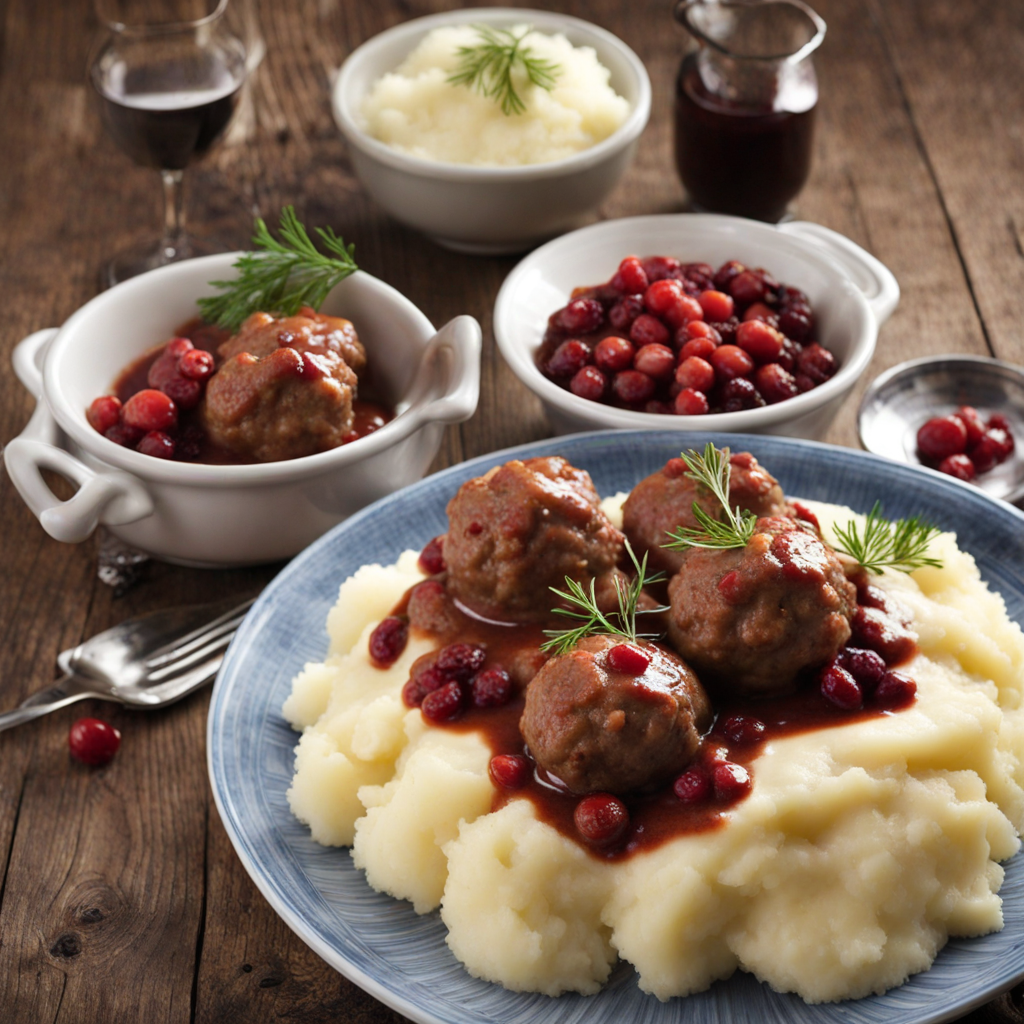Salted Salmon
Salted salmon, known as "lohi" in Finnish, is a beloved delicacy that captures the essence of Finland's pristine waters and traditional preservation methods. The process begins with the finest, freshest salmon, which is typically filleted and generously coated with a mixture of coarse sea salt and sugar. This combination not only enhances the natural flavors of the fish but also helps to preserve it, allowing the salmon to develop a rich, slightly sweet, and savory profile as it cures over several days. The result is a silky, melt-in-your-mouth texture that is both indulgent and satisfying. Once cured, the salmon takes on a beautiful, vibrant pink hue, making it visually appealing as well. It can be served in various ways: thinly sliced on rye bread, accompanied by mustard sauce, or as part of a traditional Finnish smorgasbord. The simplicity of the dish allows the high-quality salmon to shine, offering a delightful balance between the saltiness of the cure and the delicate, buttery flavor of the fish. Often garnished with fresh dill or served with pickled vegetables, salted salmon is a staple in Finnish cuisine that evokes the country’s deep connection to its maritime heritage. For those looking to explore new tastes, salted salmon offers a unique and memorable experience that is both comforting and refined. It pairs beautifully with crisp white wines or local beers, enhancing the overall dining experience. With its rich history and cultural significance, indulging in salted salmon is not just about the flavors but also a journey through the natural beauty and culinary traditions of Finland, making it a must-try for any adventurous foodie.
How It Became This Dish
Graavilohi: A Culinary Gem from Finland #### Origins and Historical Context Graavilohi, or gravlax, a beloved Finnish delicacy, is a testament to the resourcefulness of coastal communities that have long thrived on the bounties of the Baltic Sea. The origins of this dish can be traced back to the Middle Ages, specifically to the fishing communities along the coasts of Scandinavia. The word "graavilohi" itself derives from the Finnish terms "graavi," meaning "grave," and "lohi," meaning "salmon." The name reflects the traditional method of preserving salmon by burying it in the ground, a practice that was common among fishermen who sought to extend the shelf life of their catch. The technique of curing fish has ancient roots, with various cultures employing methods of preservation such as salting, smoking, or drying. In Scandinavia, the harsh climatic conditions necessitated such practices. The Vikings, known for their seafaring and fishing prowess, likely utilized similar methods to ensure that their food remained edible during long voyages. Historical records indicate that gravlax was a popular dish among fishermen, who would prepare it as a convenient meal while at sea. #### Cultural Significance Graavilohi holds a significant place in Finnish cuisine and culture. It is more than just a dish; it embodies the connection between the Finnish people and their natural environment. The Baltic Sea, rich in fish, has been a source of sustenance for generations, and graavilohi represents the harmonious relationship between humans and nature. In Finnish culinary traditions, graavilohi is often served during festive occasions, such as Midsummer celebrations, Christmas, and various family gatherings. It is typically accompanied by traditional sides like dill mustard sauce, rye bread, and pickled vegetables, creating a feast for both the eyes and the palate. The presentation of graavilohi—usually thinly sliced and arranged artfully—demonstrates the Finnish appreciation for aesthetics in food. Beyond its culinary significance, graavilohi also reflects the values of sustainability and simplicity that characterize Finnish culture. The emphasis on using fresh, high-quality ingredients and traditional methods aligns with the modern movement towards local and sustainable food practices. In a world increasingly dominated by processed foods, graavilohi stands as a reminder of the importance of preserving culinary traditions. #### Method of Preparation The traditional preparation of graavilohi involves a simple yet effective curing process. Fresh salmon is filleted and layered with a mixture of coarse sea salt, sugar, and crushed black pepper. Some recipes also incorporate fresh dill, which adds a fragrant herbal note. The fish is then wrapped tightly and placed under weight, allowing the salt and sugar to draw out moisture while infusing the fish with flavor. The curing process typically takes about 24 to 48 hours, depending on personal preference for texture and flavor intensity. Once cured, the salmon is rinsed to remove excess salt and sliced thinly against the grain. The result is a silky, delicate dish that melts in the mouth, offering a perfect balance of sweet, salty, and herbal notes. #### Evolution and Modern Adaptations While graavilohi has ancient roots, its evolution over the centuries has seen it embraced by modern culinary innovations. As global travel and communication expanded, so too did the appreciation for this Nordic delicacy. The late 20th century saw a renewed interest in traditional foods, with chefs and home cooks alike exploring the historical significance of dishes like graavilohi. In contemporary Finnish cuisine, graavilohi can be found in a variety of forms. Chefs have experimented with different types of fish, including trout and Arctic char, while also incorporating creative flavor profiles, such as citrus zest, beetroot, or even spirits like aquavit for added depth. These modern interpretations maintain the essence of the original dish while appealing to adventurous palates. Moreover, the rise of the New Nordic Cuisine movement has further popularized graavilohi beyond Finland. This culinary trend emphasizes local, seasonal, and sustainable ingredients, aligning perfectly with the principles of traditional Finnish cooking. As a result, graavilohi has found its way onto menus in high-end restaurants around the world, celebrated for its unique flavor and cultural heritage. #### Graavilohi in the Global Context The international recognition of graavilohi has also led to the emergence of culinary tourism in Finland. Travelers seeking authentic experiences are increasingly drawn to local food traditions, with graavilohi as a highlight of Finnish culinary tours. Cooking classes and workshops centered around the preparation of graavilohi provide visitors with a hands-on understanding of the dish's cultural significance. In addition to culinary tourism, the global interest in Nordic cuisine has sparked a greater appreciation for traditional preservation methods. As consumers become more conscious of food sourcing and sustainability, the allure of homemade, cured fish like graavilohi resonates deeply. This growing interest has inspired home cooks to recreate graavilohi in their own kitchens, further perpetuating the tradition. #### Conclusion Graavilohi is more than just a dish; it represents a rich tapestry of Finnish history, culture, and culinary innovation. From its humble origins in the fishing communities of medieval Scandinavia to its place as a celebrated delicacy on modern tables, graavilohi has stood the test of time. Its evolution reflects the broader trends in cuisine and society, emphasizing the connections between food, culture, and sustainability. As Finland continues to embrace its culinary heritage, graavilohi serves as a delicious reminder of the past while paving the way for future generations to explore and enjoy the flavors of their homeland. Whether enjoyed during festive occasions or as a simple weeknight meal, graavilohi remains a cherished symbol of Finnish identity and the enduring power of traditional cooking techniques.
You may like
Discover local flavors from Finland







